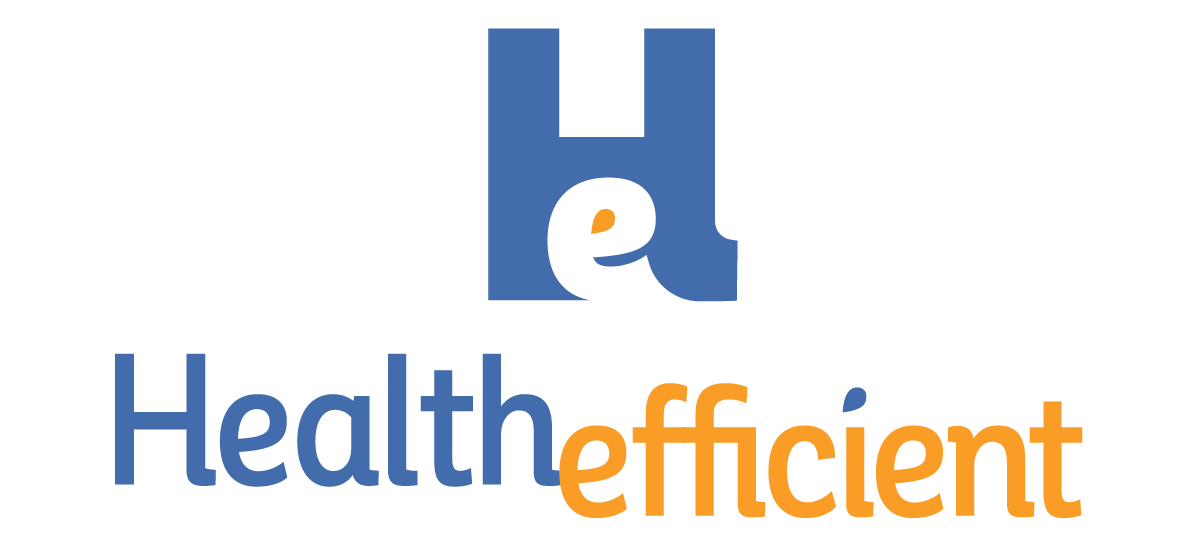
Teledentistry
Teledentistry
As per the American Dental Association (ADA), Teledentistry refers to the use of telehealth systems and methodologies in dentistry. Teledentistry can include patient care and education delivery using, but not limited to, the following modalities:
Synchronous (live video): Live, two-way interaction between a person (patient, caregiver, or provider) and a provider using audiovisual telecommunications technology.
Asynchronous (store and forward): Transmission of recorded health information (for example, radiographs, photographs, video, digital impressions and photomicrographs of patients) through a secure electronic communications system to a practitioner, who uses the information to evaluate a patient’s condition or render a service outside of a real-time or live interaction.
Remote patient monitoring (RPM): Personal health and medical data collection from an individual in one location via electronic communication technologies, which is transmitted to a provider (sometimes via a data processing service) in a different location for use in care and related support of care.
Mobile health (mHealth): Health care and public health practice and education supported by mobile communication devices such as cell phones, tablet computers, and personal digital assistants (PDA).
*Teledentistry laws vary from state to state. Please contact your local licensing board for official regulations relating to scope of practice.
Resources:
